Daniel Libeskind’s colourful sculptures protest climate change
The architect disrupts a 17th-century baroque garden in the Netherlands with a monumental series of sculptures
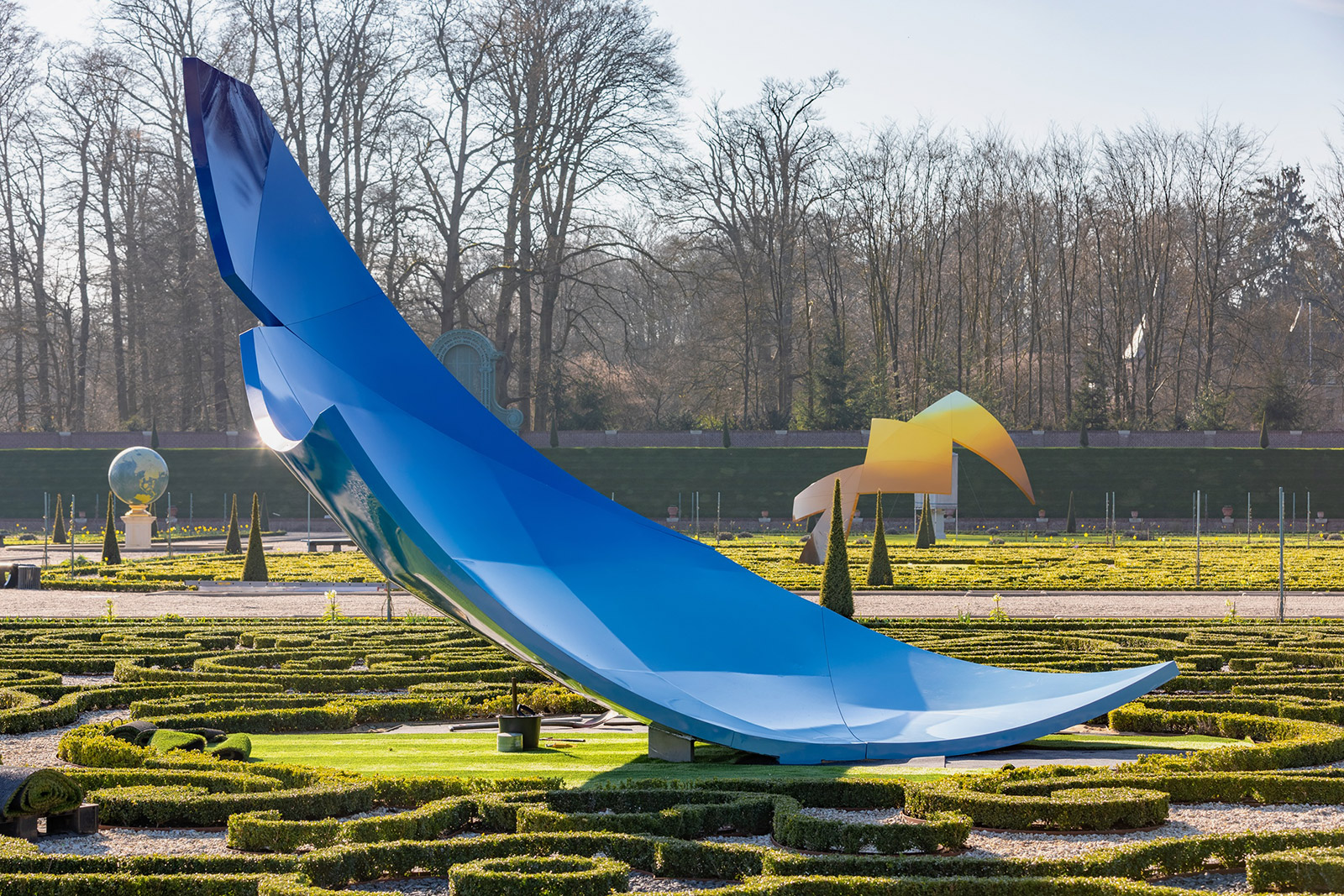
Daniel Libeskind has designed an art installation for a baroque garden in the Netherlands. The Polish-American architect has splashed colour and eccentric shapes across the orderly grounds of the 17th-century palace Paleis Het Loo in Apeldoorn as a protest to climate change.
The ‘Garden of Earthly Worries’ consists of four monumental abstract sculptures that create an imbalance within the organised layout of the garden, designed in its time to represent man’s perfection of nature. ‘The gardens of Paleis Het Loo convey a symmetrical beauty that connects to the cosmic idea of time, space, and paradise,’ says Libeskind. Yet his sculptures, reaching three metres high and towering over the neatly trimmed shrubbery, are anything but symmetrical. Composed of spherical fragments of a globe, curved angles fly out carving up the air with colour.
Yet, don’t be seduced. Like a poisonous insect that attracts with fluorescent colouring, the pieces harbour a sinister secret within their concept: each represents a chemical compound that contributes to climate change. ‘The elements are placed in the garden as intruders; their imperfection is a counterpoint to the orderly landscape,’ says Libeskind, who intended them to appear as ‘toxic projects perverting and destroying nature’.
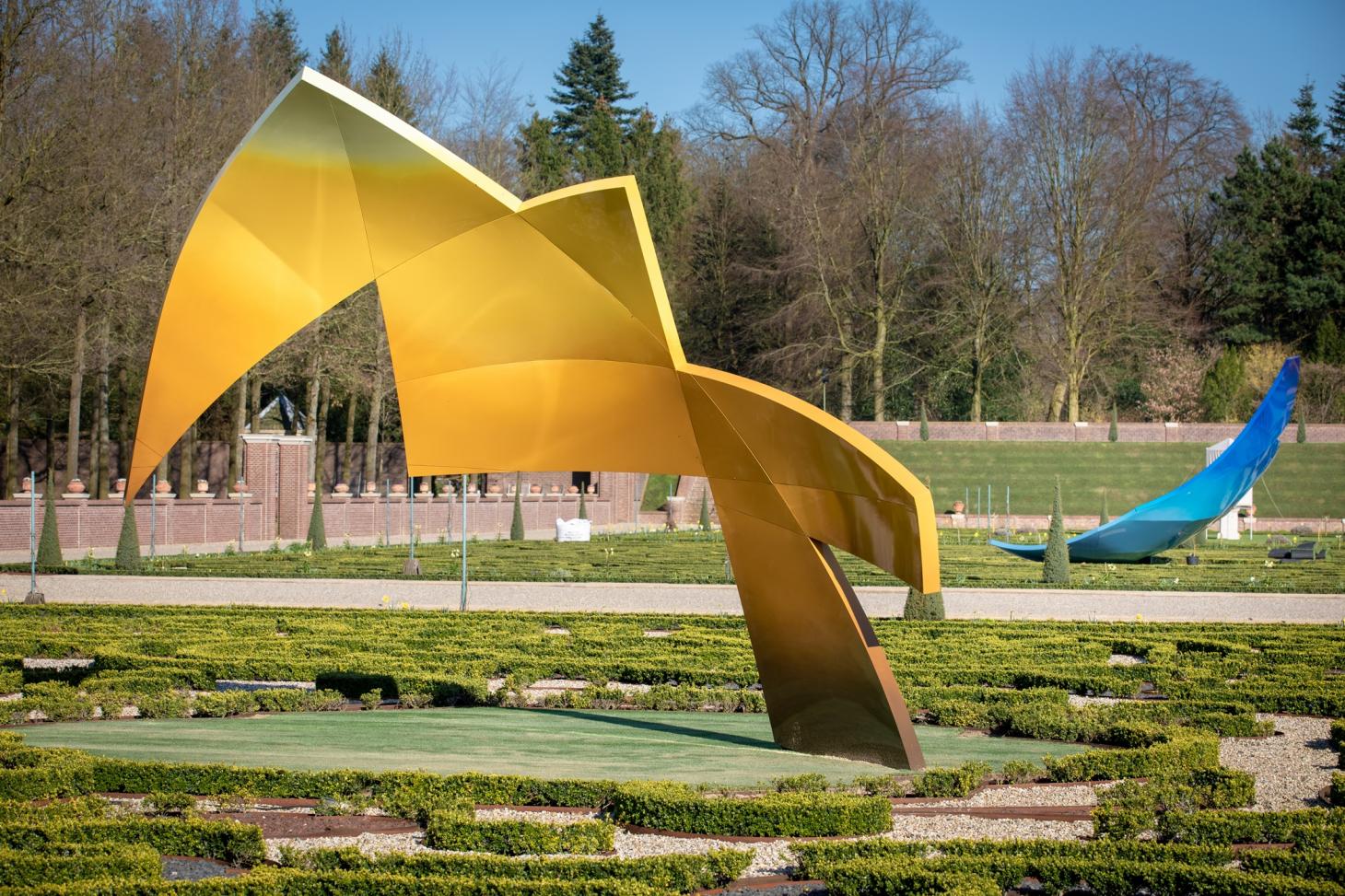
Ozone and Laughing gas, 2019, by Daniel Libeskind
The architect has completed many powerful works of architecture across the world, notably the Jewish Museum Berlin and the masterplan for the reconstruction of the World Trade Center in New York. Echoing the strong lines and shapes of his buildings, this installation offers him an alternative outlet for his ideas.
Libeskind accompanies the installation with a bold and poetic statement that could be interpreted as a warning: ‘Humanity is at a crossroads in a world where resources and space are under attack. We are moving into a cultural shift from sustainability to viability. We can no longer distinguish if nature is culture, or culture is nature.’
It’s the first time that contemporary art has been displayed at the baroque gardens at Paleis Het Loo, but it feels like this historic baroque garden was in need of a little bit of disruption and some colourful chaos inside its cosmos. Now, it is a platform for thinking about the future.
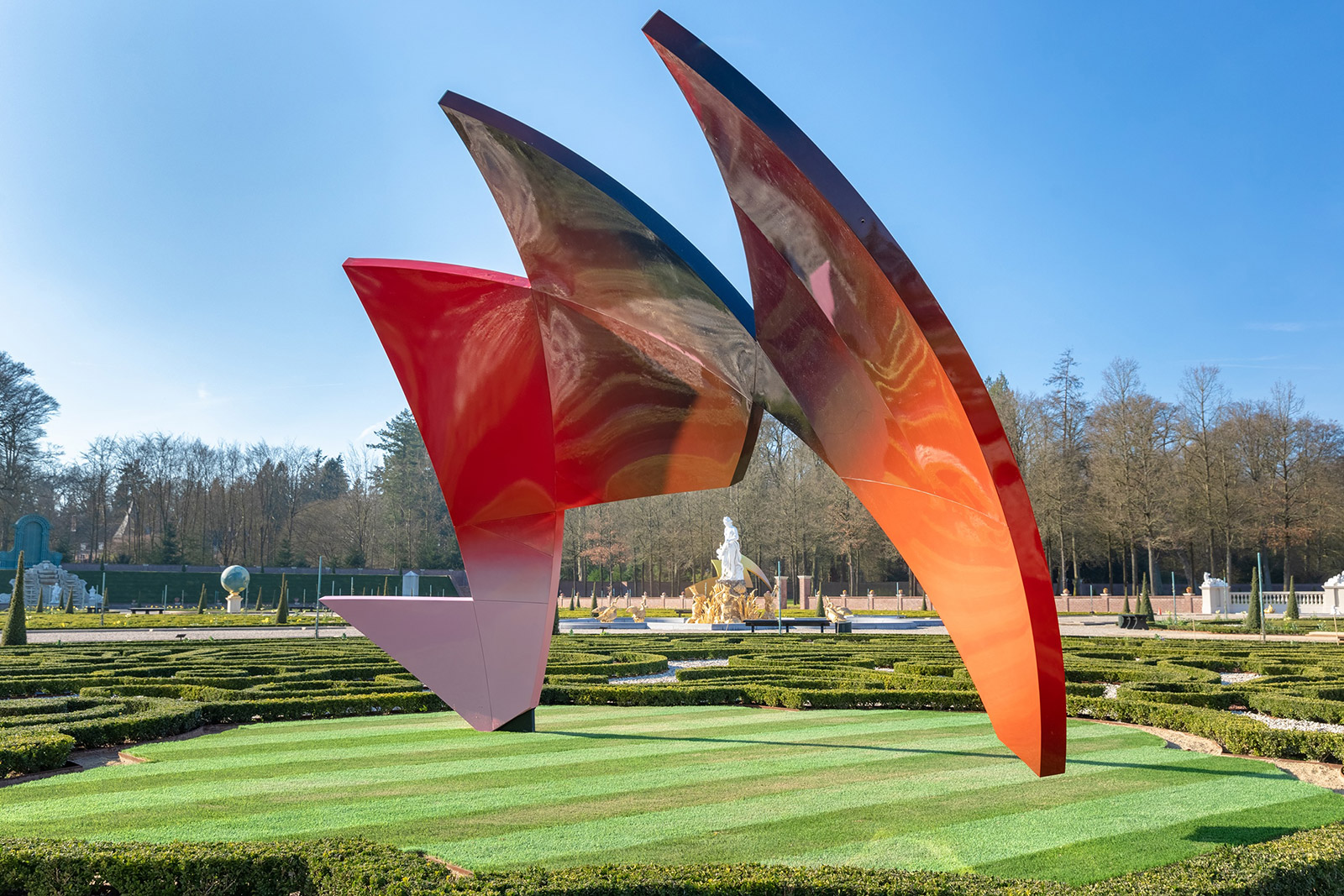
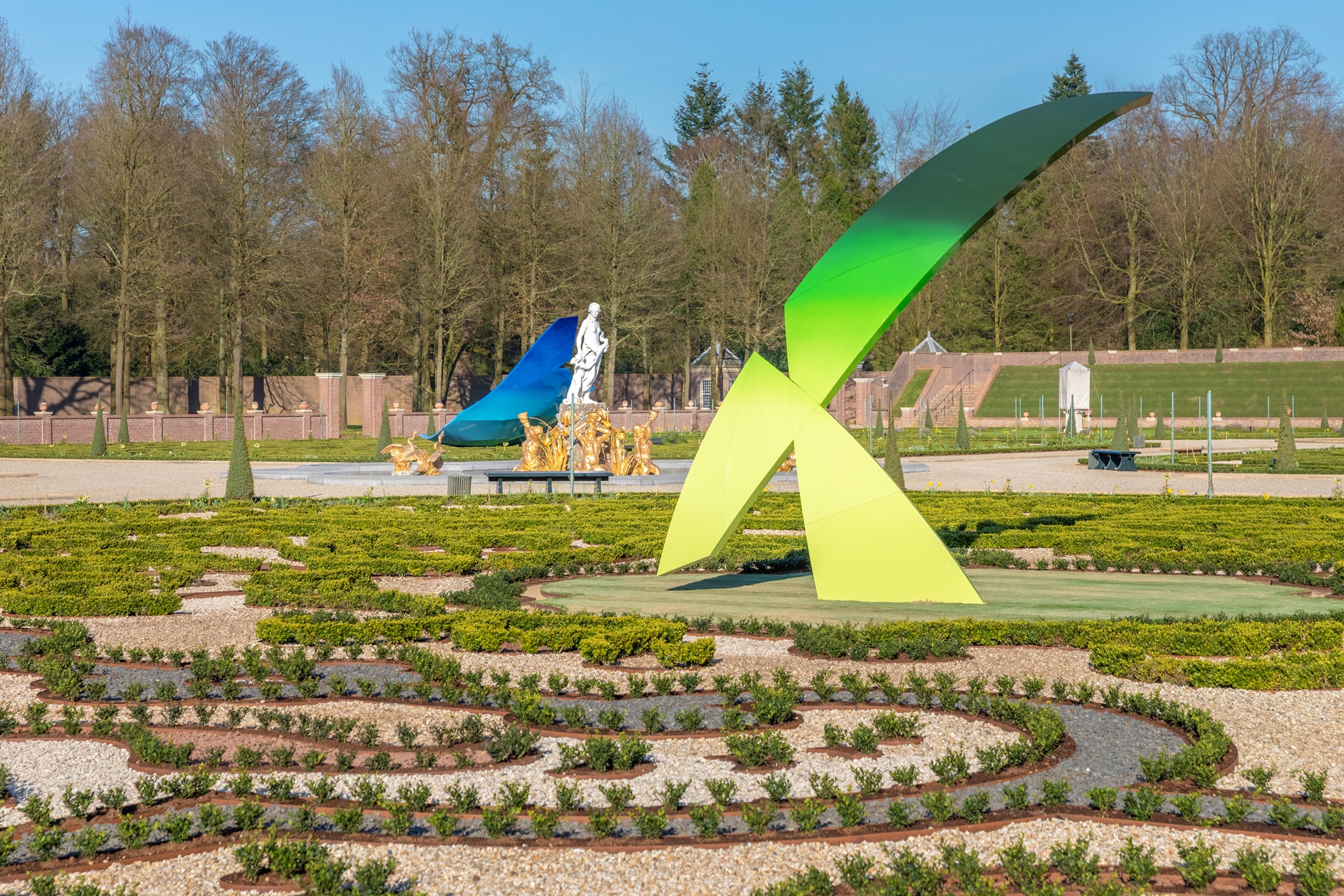
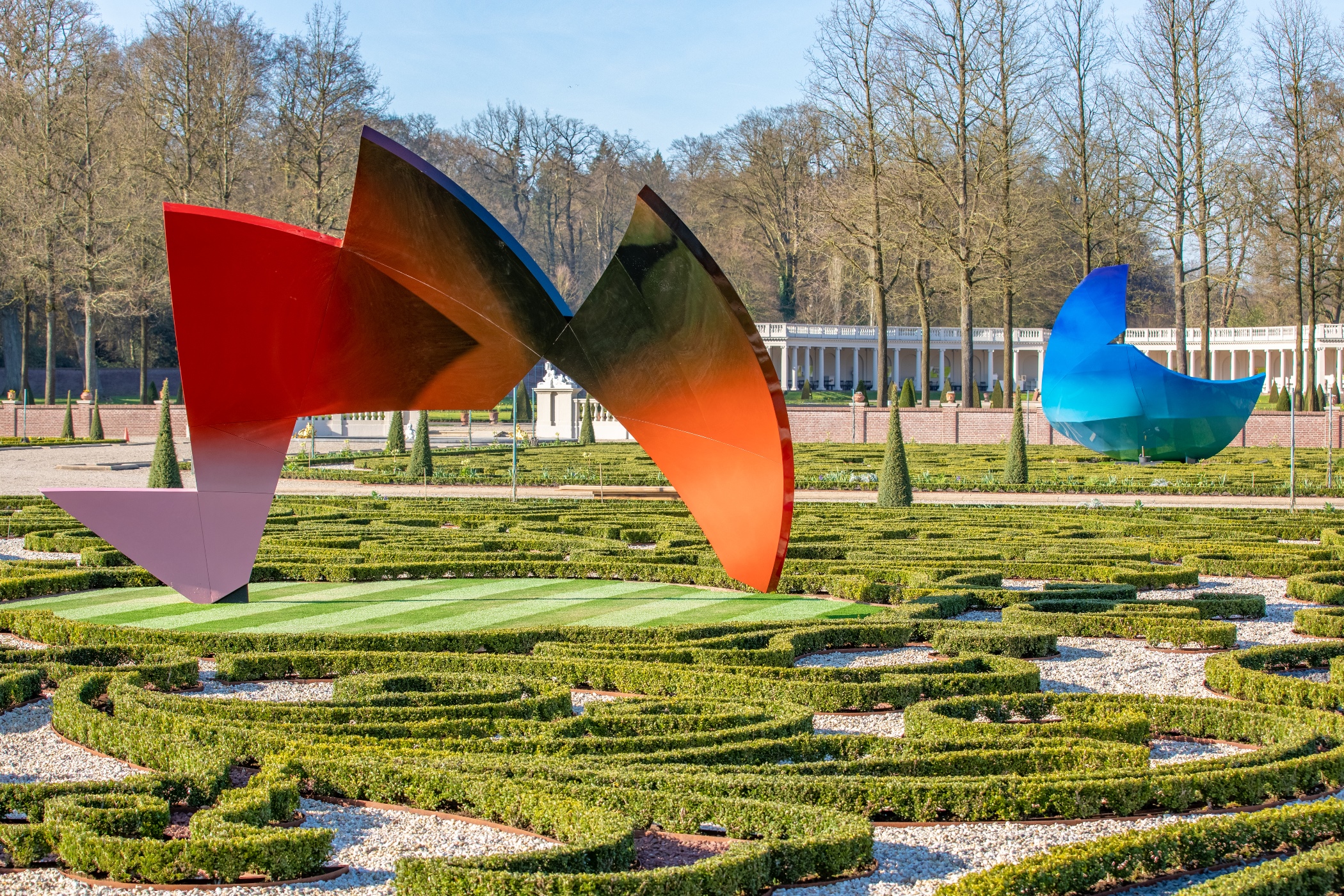
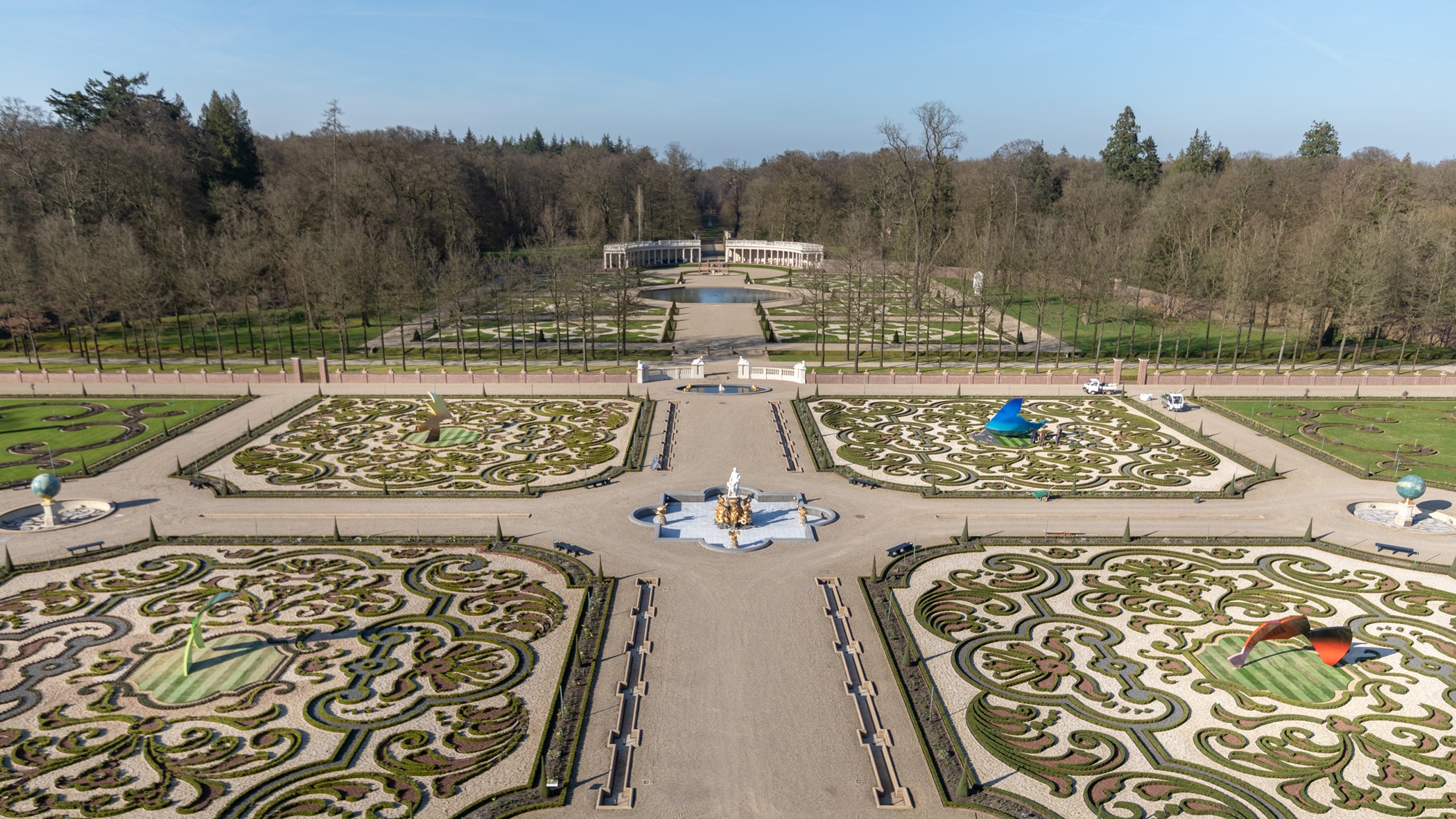
INFORMATION
Wallpaper* Newsletter
Receive our daily digest of inspiration, escapism and design stories from around the world direct to your inbox.
‘Garden of Earthly Worries’ is on view until mid-2021. For more information, see the Paleis Het Loo website and the Studio Libeskind website
Harriet Thorpe is a writer, journalist and editor covering architecture, design and culture, with particular interest in sustainability, 20th-century architecture and community. After studying History of Art at the School of Oriental and African Studies (SOAS) and Journalism at City University in London, she developed her interest in architecture working at Wallpaper* magazine and today contributes to Wallpaper*, The World of Interiors and Icon magazine, amongst other titles. She is author of The Sustainable City (2022, Hoxton Mini Press), a book about sustainable architecture in London, and the Modern Cambridge Map (2023, Blue Crow Media), a map of 20th-century architecture in Cambridge, the city where she grew up.
-
 Put these emerging artists on your radar
Put these emerging artists on your radarThis crop of six new talents is poised to shake up the art world. Get to know them now
By Tianna Williams
-
 Dining at Pyrá feels like a Mediterranean kiss on both cheeks
Dining at Pyrá feels like a Mediterranean kiss on both cheeksDesigned by House of Dré, this Lonsdale Road addition dishes up an enticing fusion of Greek and Spanish cooking
By Sofia de la Cruz
-
 Creased, crumpled: S/S 2025 menswear is about clothes that have ‘lived a life’
Creased, crumpled: S/S 2025 menswear is about clothes that have ‘lived a life’The S/S 2025 menswear collections see designers embrace the creased and the crumpled, conjuring a mood of laidback languor that ran through the season – captured here by photographer Steve Harnacke and stylist Nicola Neri for Wallpaper*
By Jack Moss
-
 Inside Jack Whitten’s contribution to American contemporary art
Inside Jack Whitten’s contribution to American contemporary artAs Jack Whitten exhibition ‘Speedchaser’ opens at Hauser & Wirth, London, and before a major retrospective at MoMA opens next year, we explore the American artist's impact
By Finn Blythe
-
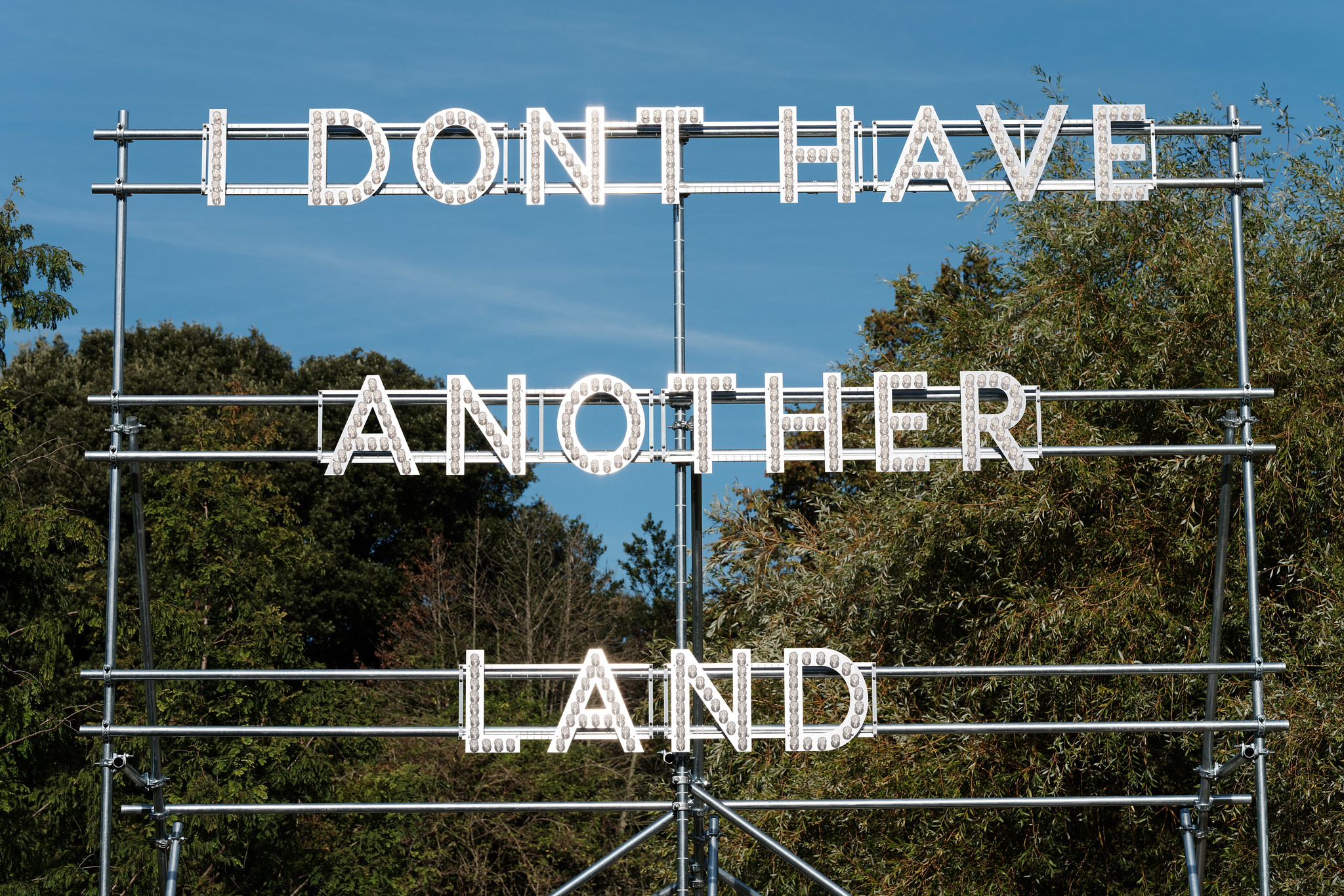 Frieze Sculpture takes over Regent’s Park
Frieze Sculpture takes over Regent’s ParkTwenty-two international artists turn the English gardens into a dream-like landscape and remind us of our inextricable connection to the natural world
By Smilian Cibic
-
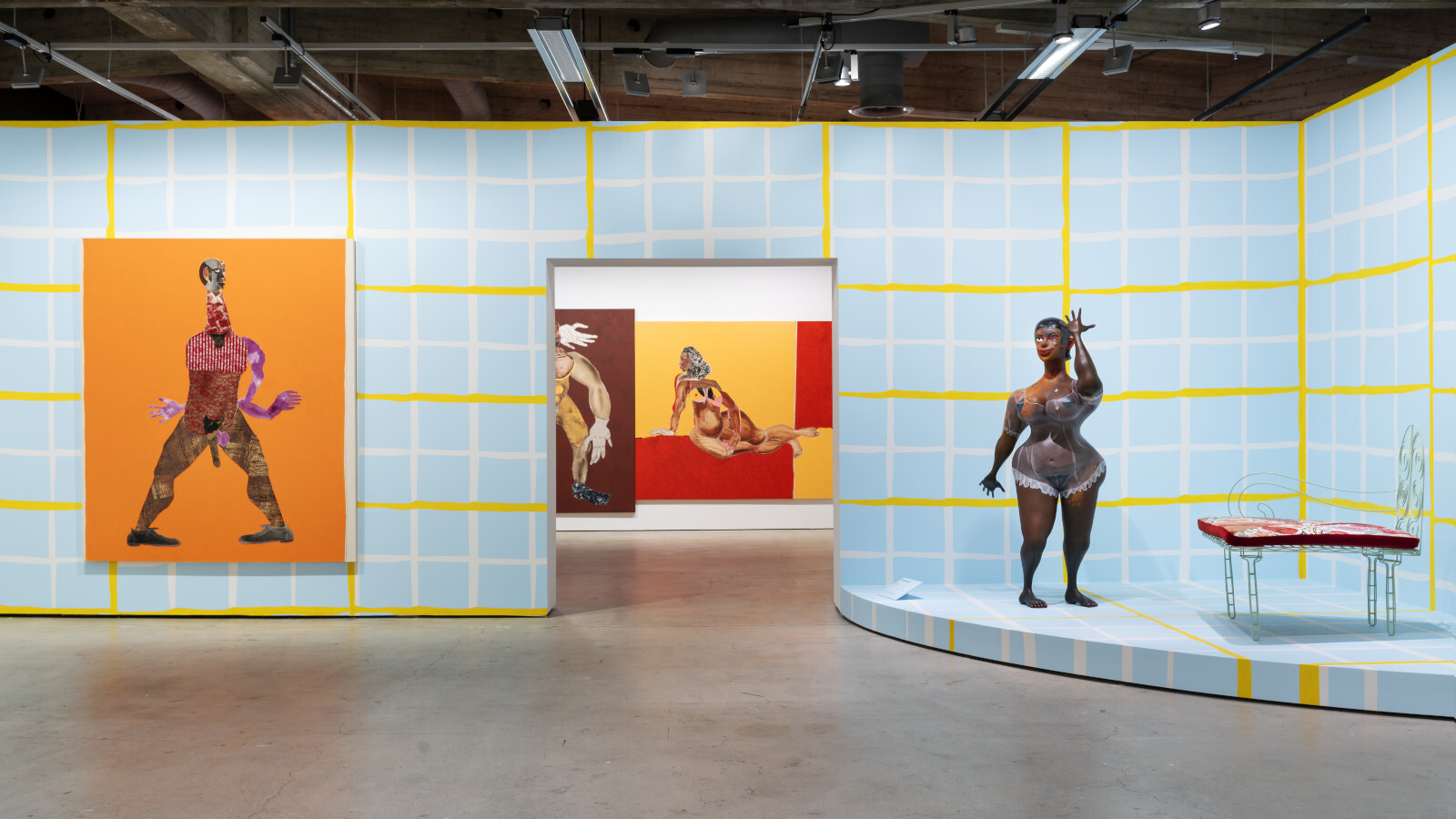 Harlem-born artist Tschabalala Self’s colourful ode to the landscape of her childhood
Harlem-born artist Tschabalala Self’s colourful ode to the landscape of her childhoodTschabalala Self’s new show at Finland's Espoo Museum of Modern Art evokes memories of her upbringing, in vibrant multi-dimensional vignettes
By Millen Brown-Ewens
-
 Wanås Konst sculpture park merges art and nature in Sweden
Wanås Konst sculpture park merges art and nature in SwedenWanås Konst’s latest exhibition, 'The Ocean in the Forest', unites land and sea with watery-inspired art in the park’s woodland setting
By Alice Godwin
-
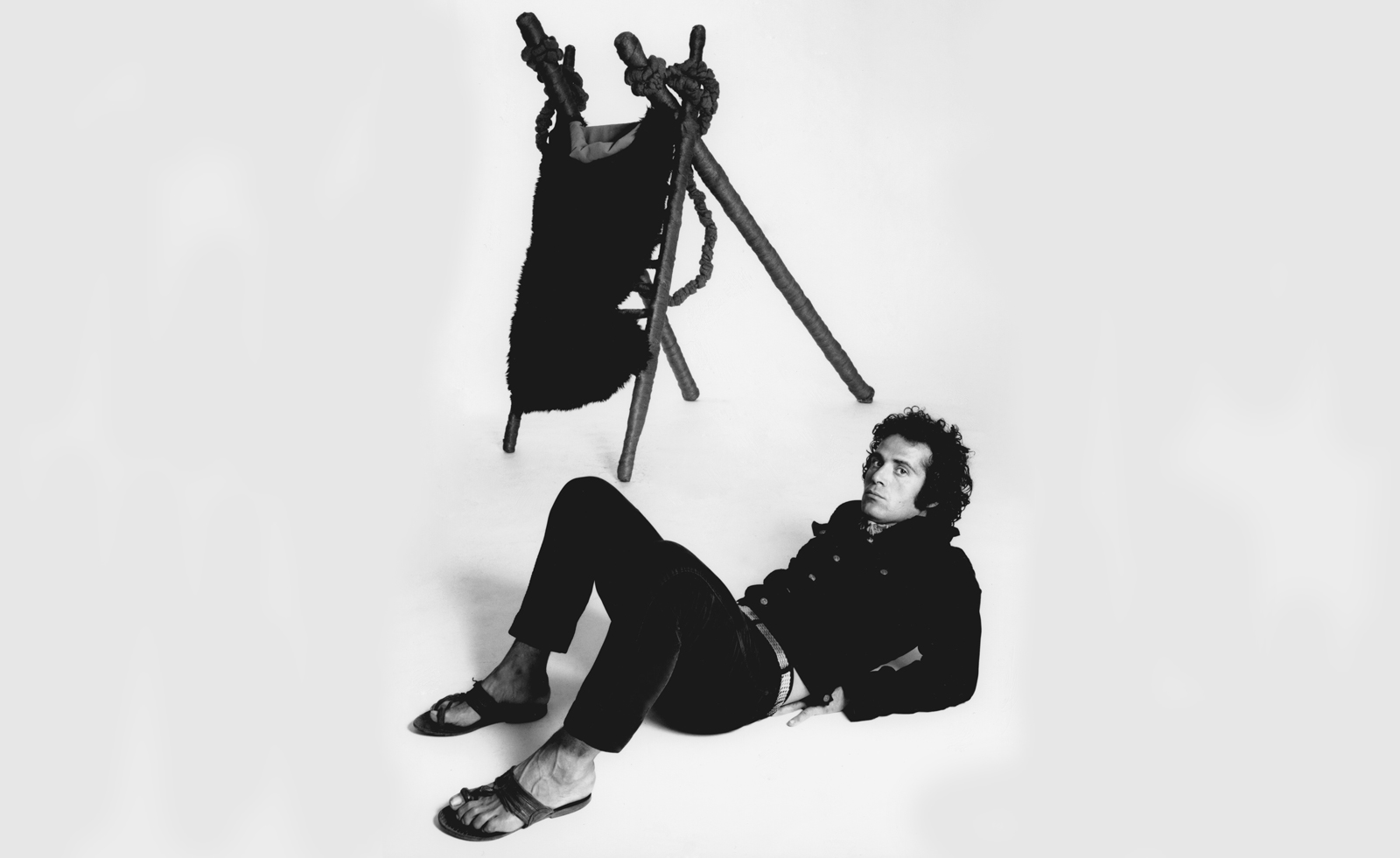 Pino Pascali’s brief and brilliant life celebrated at Fondazione Prada
Pino Pascali’s brief and brilliant life celebrated at Fondazione PradaMilan’s Fondazione Prada honours Italian artist Pino Pascali, dedicating four of its expansive main show spaces to an exhibition of his work
By Kasia Maciejowska
-
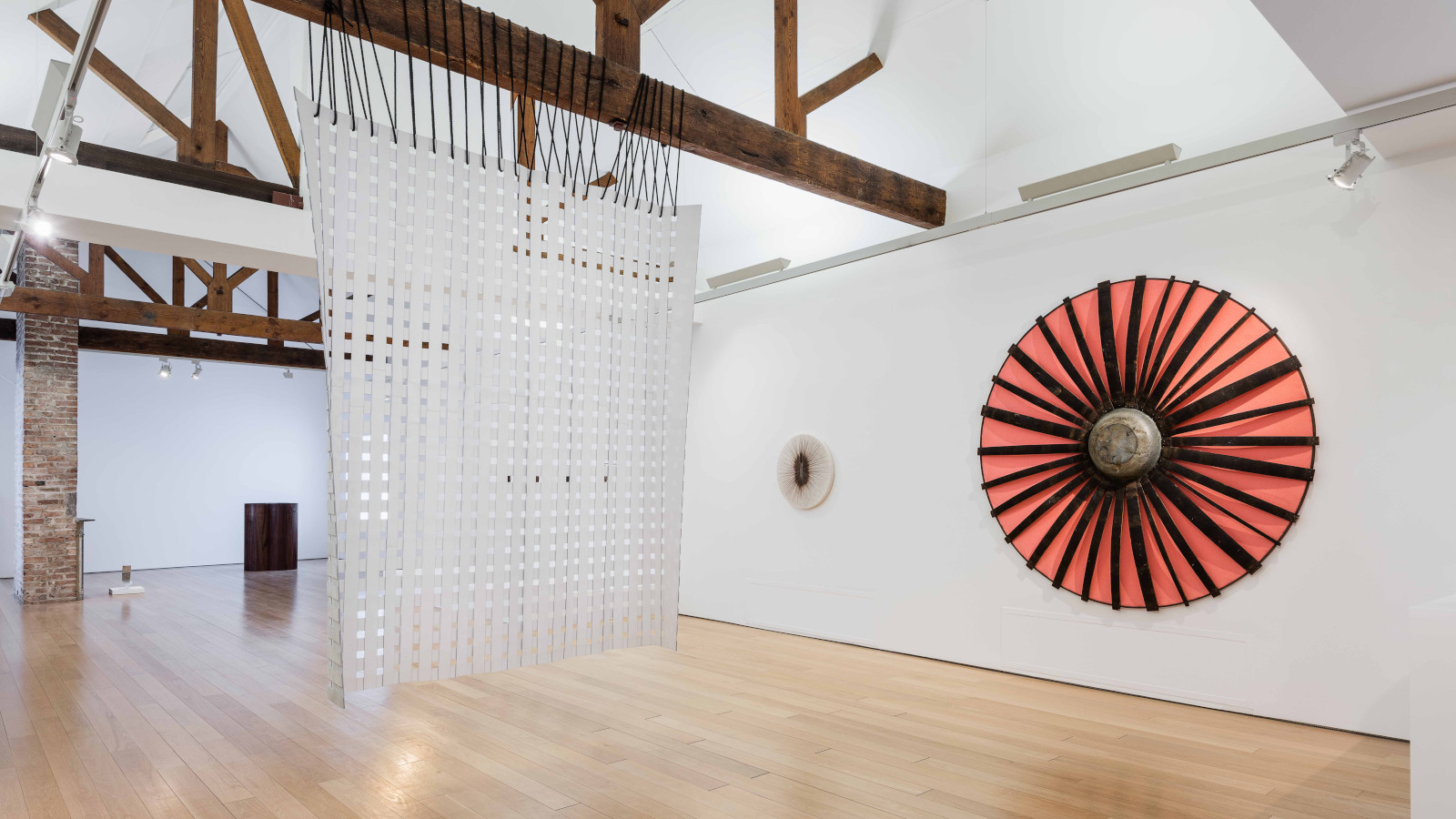 John Cage’s ‘now moments’ inspire Lismore Castle Arts’ group show
John Cage’s ‘now moments’ inspire Lismore Castle Arts’ group showLismore Castle Arts’ ‘Each now, is the time, the space’ takes its title from John Cage, and sees four artists embrace the moment through sculpture and found objects
By Amah-Rose Abrams
-
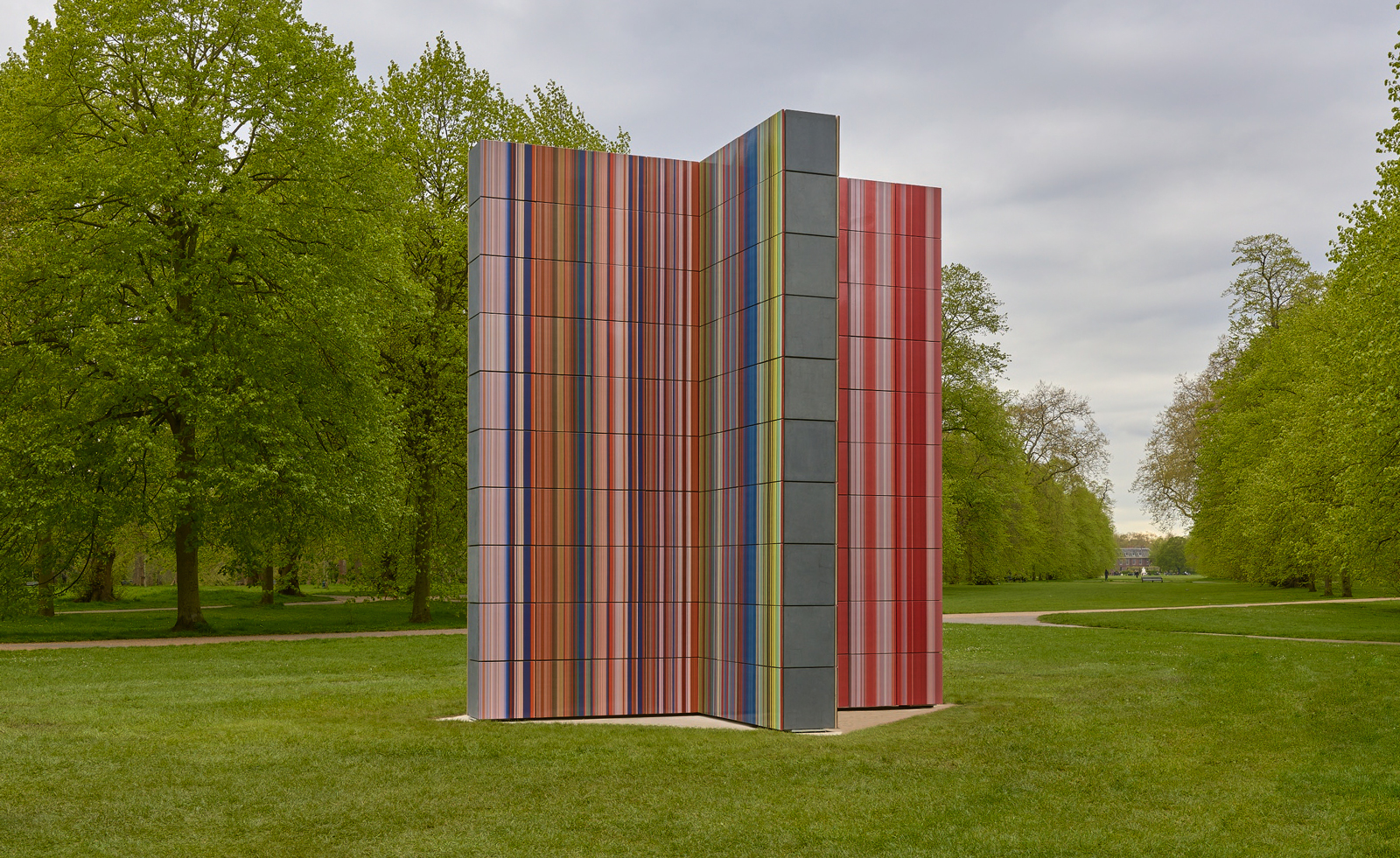 Gerhard Richter unveils new sculpture at Serpentine South
Gerhard Richter unveils new sculpture at Serpentine SouthGerhard Richter revisits themes of pattern and repetition in ‘Strip-Tower’ at London’s Serpentine South
By Hannah Silver
-
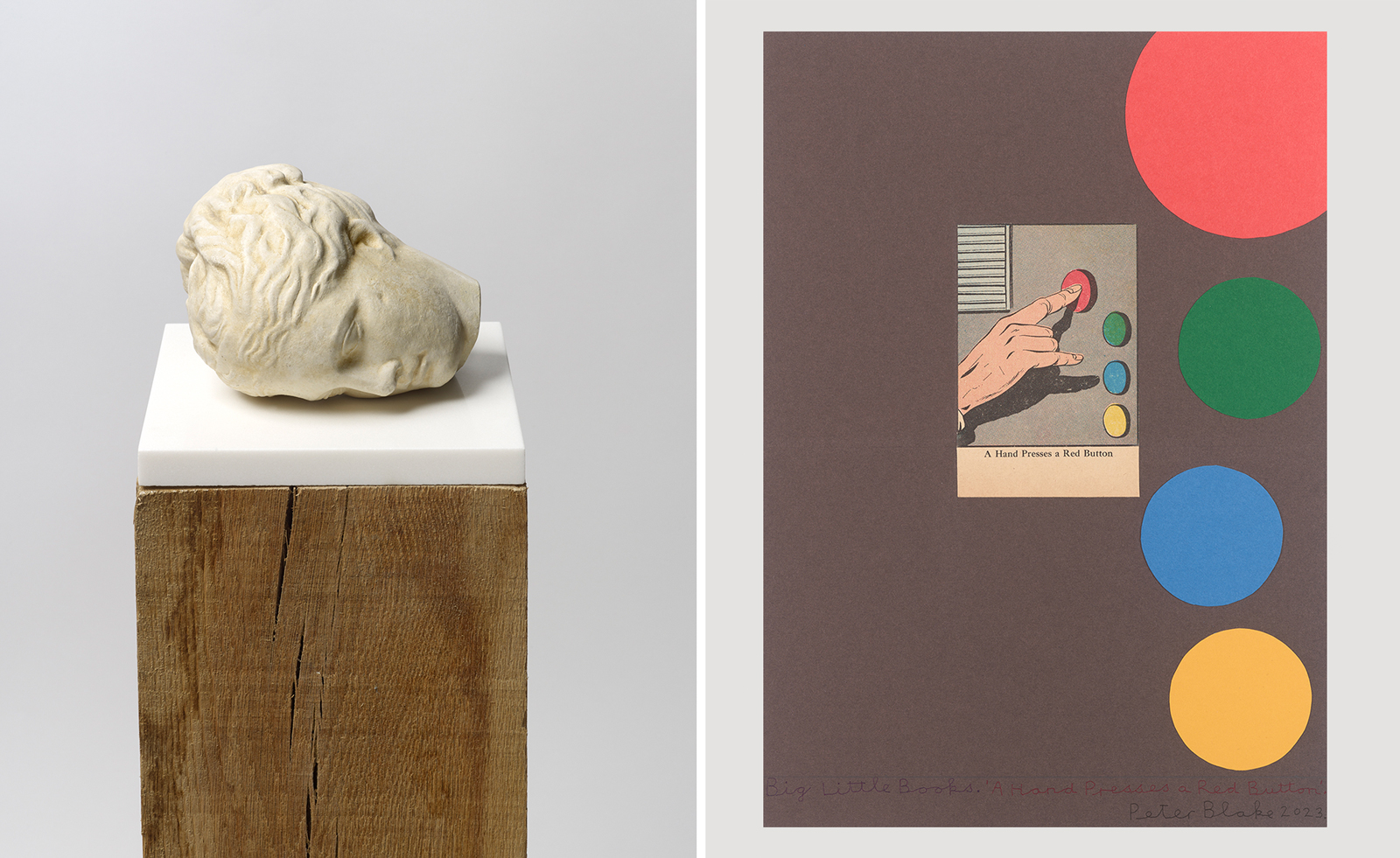 Peter Blake’s sculptures spark joy at Waddington Custot in London
Peter Blake’s sculptures spark joy at Waddington Custot in London‘Peter Blake: Sculpture and Other Matters’, at London's Waddington Custot, spans six decades of the artist's career
By Hannah Silver